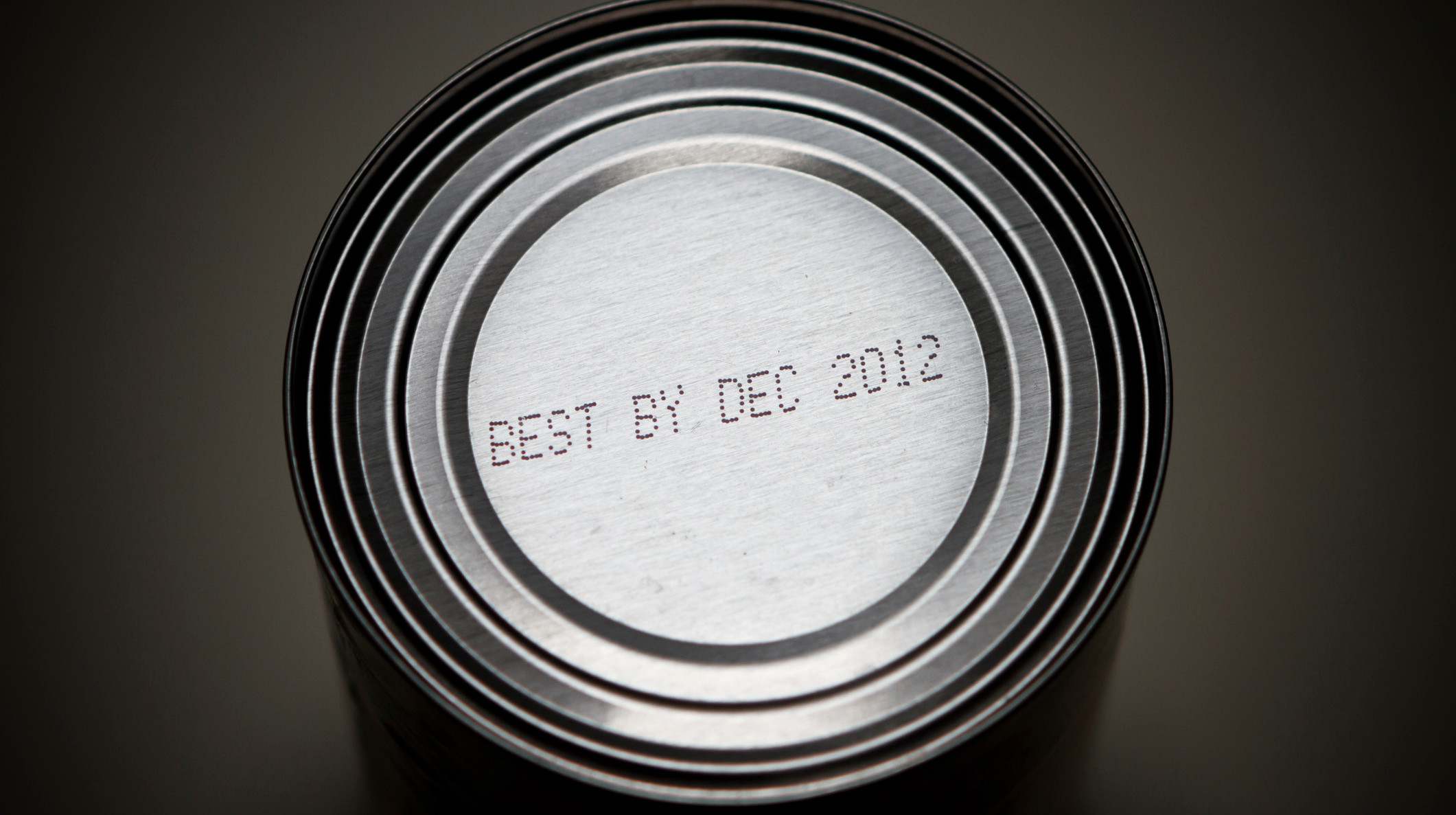FDA: Please, Enough With "Sell By" Dates
Too often, consumers misunderstand the "sell by" labels on their perishable foods. Last year, the Grocery Manufacturers Association began to encourage businesses to rephrase "expiration dates" in clearer ways, ones that wouldn't suggest throw-this-out-immediately, but rather the date of best use.
Now, the Food And Drug Administration has issued a public letter to the food industry, joining the push for "best if used by" as the industry standard for dated packaging. (It does break with the GMA on the point of the more declarative "use by," stating it is not addressing that term at this time "for safety reasons.") The FDA urges the industry to not only change its policies, but to push for consumer education on when food has actually spoiled, and how to properly recognize it in order to prevent food waste:
The U.S. Department of Agriculture's (USDA's) Economic Research Service estimates that 30 percent of food is lost or wasted at the retail and consumer level. This means Americans are throwing out approximately 133 billion pounds of food worth $161 billion each year.
While people understandably get nervous about their food, particularly as it relates to foods that can cause potential health hazards, the FDA's guidelines are really just telling the public what's been true all along. For many foods, the "sell by" date is hardly a definitive line, and it's up to the consumer to recognize when their food is still good, or not. Canned foods, for example, contain best-by dates, but they never truly expire.
The FDA also notes in the letter that a survey, conducted late last year, found that "88% of those surveyed said the streamlined product date labels were clear to them and 85% said the streamlined product date labels were helpful." When major change can come about through such a minor alteration, it's hard to see any drawbacks for manufacturers instituting "best if used by" as a universal standard going forward.
